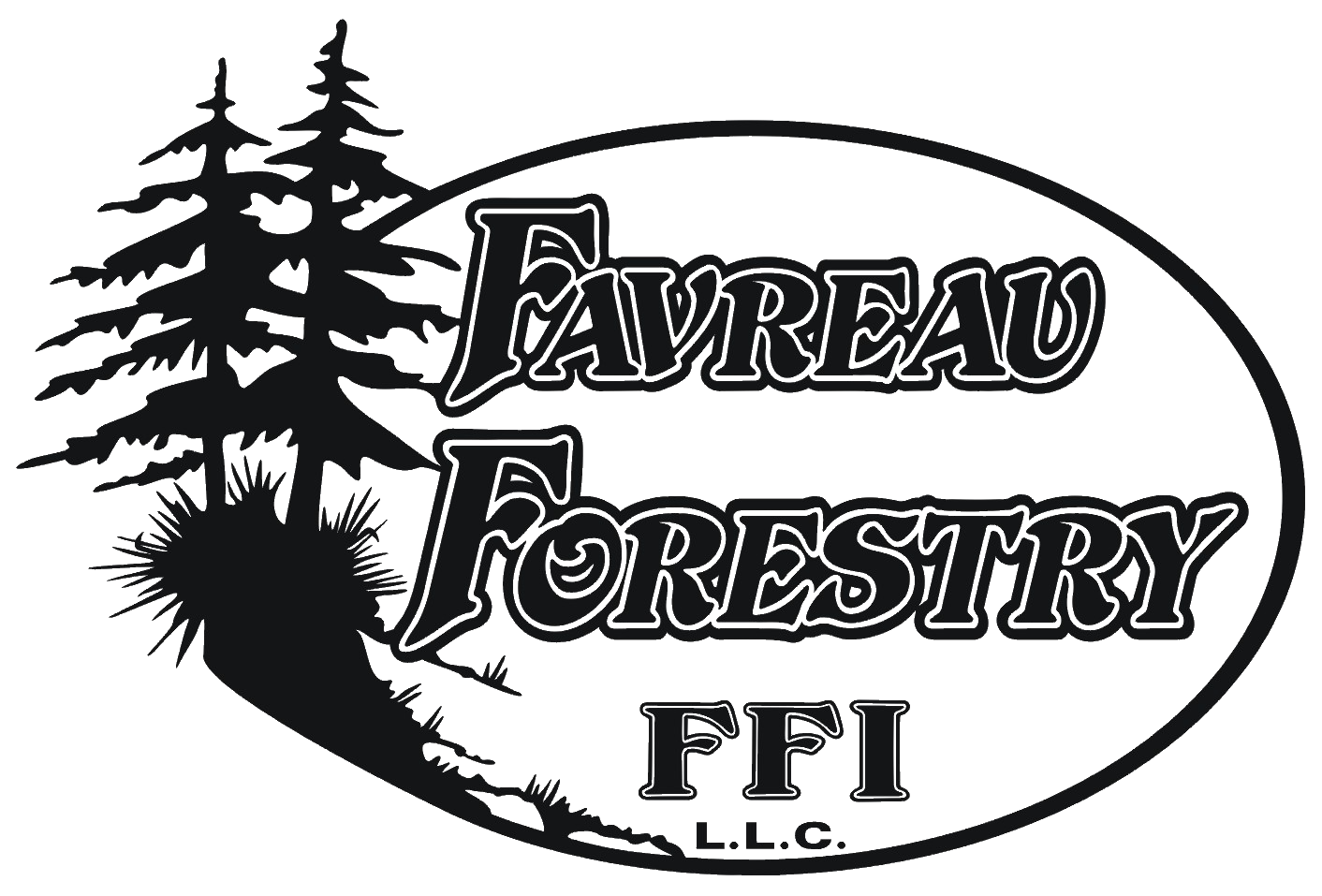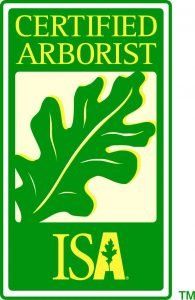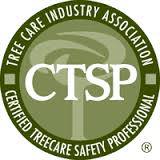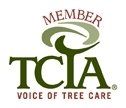Tree Removal
Tree Removal – Sterling, MA
Tree Removal is a big job no matter the approach as it involves cutting down and disposing of the tree. Whether the tree has died, or needs to be moved for cosmetic reasons, we can do the job! Favreau Forestry specializes and thrives on the challenge of hazardous tree removal services in any setting! With our experience and aerial equipment, we make even the toughest tree removal look easy!
Our Certified Arborists will diagnose the condition of a tree, if it appears unwell and they cannot save it with treatment, we will remove the dead tree. For trees that have grown in an unappealing way, and you feel that pruning is not the answer, call us today for removal.
Our tree removal service methods and equipment allow us to take on even the most sensitive removals, all while keeping your property and landscaping in its original state. Your delicate areas will be safe with us!
Contact Favreau Forestry for a no cost, no obligation evaluation and quote (978) 706-1038.
Should I Remove My Tree?
Finally, some other considerations that can help you make a decision about the removal of a tree include:
Are there other nearby trees whose growth will be enhanced if the tree is removed?
Is the location of the tree such that it interferes with sight lines in traffic flow, stop lights, etc.?
Does the tree have historic or sentimental value?
When a tree has historic or sentimental value, more expense is justified to salvage it. However, if a tree is losing large branches, it is likely time for it to be replaced.
Our ISA Certified Arborists will help you examine and determine if removal is your best option.
Contact Favreau Forestry for tree removal services and to evaluate your tree today! (978) 706-1038.




